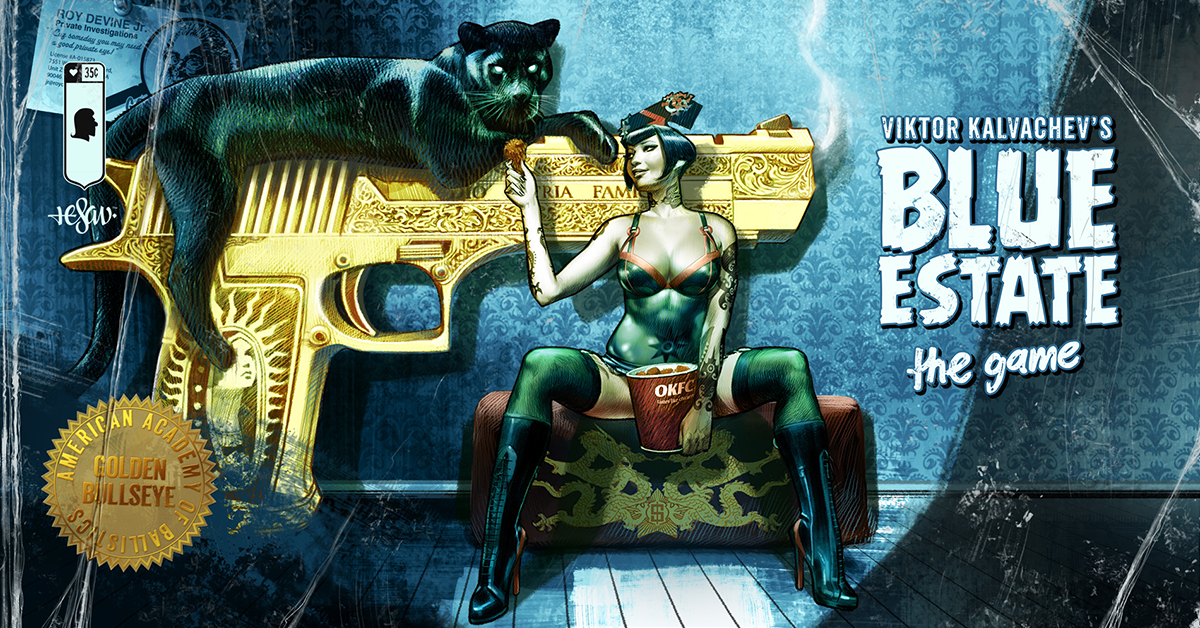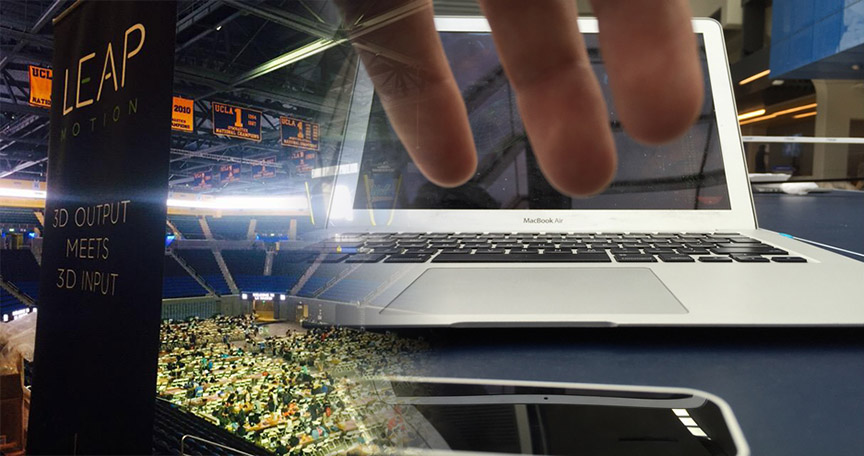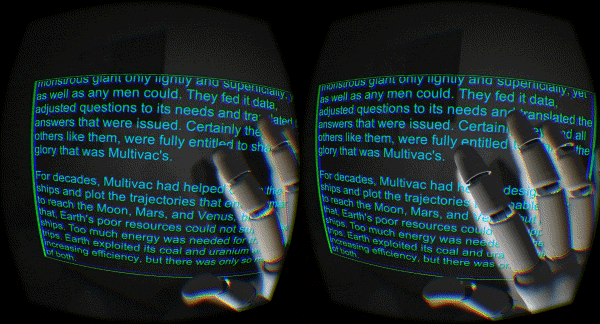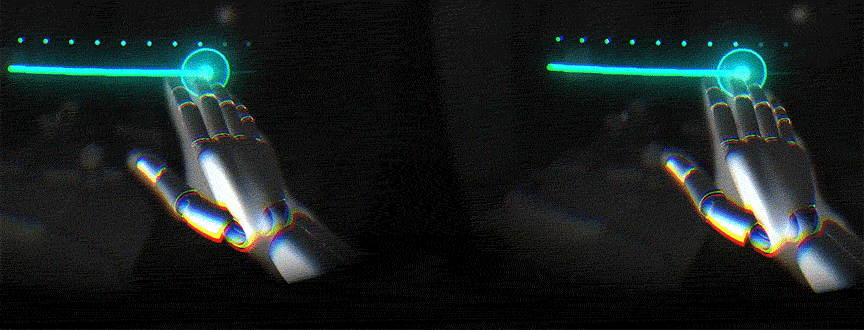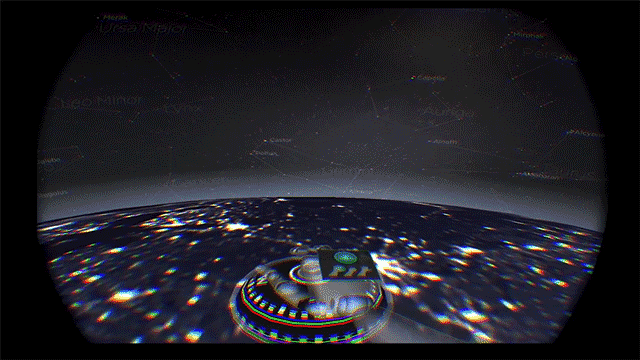Earlier today, indie studio HE SAW launched the full version of Blue Estate, the darkly funny rail shooter based on the critically acclaimed comics series. Featuring hours of new gameplay, new enemies, and the most ridiculous mob bosses you’ve ever seen, the game is now available on PC for the Leap Motion Controller on our App Store.
// Leap Motion Team
Leap Motion soloist? It’s not as strange as it might sound at first. At a recent performance of the Berklee Symphony Orchestra, Muse co-creator Dr. Richard Boulanger played alongside classical horns and strings – in a composition specially written for his virtual musical instrument. Available for Mac and Windows on the Leap Motion App Store, […]
Over the next several weeks, we’re spotlighting the top 20 3D Jam experiences chosen by the jury and community votes. These spotlights will focus on game design, interaction design, and the big ideas driving our community forward.
Let’s Make Fried Rice puts you in the shoes of a short order cook. Using tool tracking, grab your pan, extract ingredients, and churn out plates of hot fried rice as fast as your customers can order them. Download the desktop version for Mac and Windows, or the Rift version for Windows.
Today’s spotlight is a double-feature, as development studio VRARlab have two games in the 3D Jam top 20! Hauhet is a futuristic VR puzzle game, while Paper Plane lets you fly a plane through golden rings.

